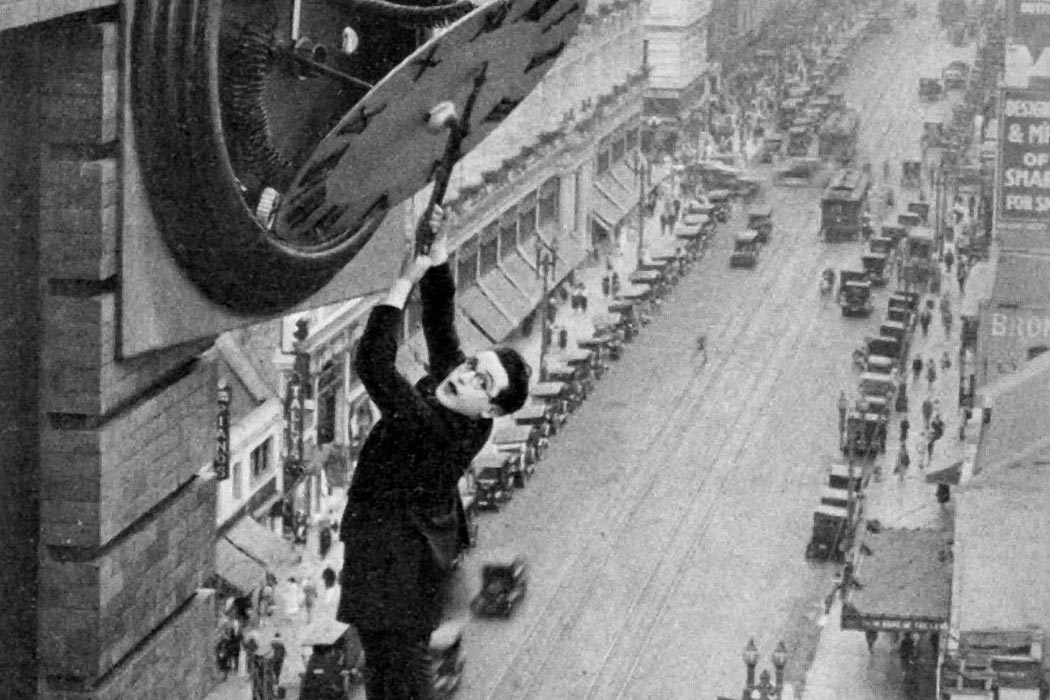The Great Depression was a period of unparalleled economic privation in the United States, but it was also a peak for labor unions. Yet the rise of the working class also coincided with a surprising trend, writes Richard Butsch: their silence in movie theaters. Butsch explores how the motion picture industry changed after the introduction of sound—a change that, ironically, depended on the silencing of its working-class audience.
Things weren’t always quiet in movie theaters, Butsch writes: Despite being silent, early film was accompanied by talking, laughter, boos, cheers, and back-and-forth between audience members. This tradition dates back to early industrialization in American cities, when audiences acted as ad hoc directors from the cheap seats. Because early movies were a cheap form of entertainment, they became working-class havens. Nickelodeons served as ad hoc community centers and were often used for purposes aside from movie viewing.
Butsch notes that 57 million people attended movies weekly in 1927. That number had grown to 88 million by 1937. Many attendees of movies were part of the working class, including unemployed men.
But the theaters of the 1930s felt different from the freewheeling nickelodeons of bygone days. As talkies became ubiquitous, working-class audiences lost their ability to pressure piano players to use music they preferred and were forced to be quiet so that everyone could take in dialogue and the nuances of sound. This was a “self-enforced” silence, writes Butsch, and was only interrupted by clapping and stomping when projector problems occurred—instances that “broke audience absorption in the story and re-engaged them with their fellow viewers, momentarily joining them in common interest and action.”
Self-silencing wasn’t the only social force quieting the working class, writes Butsch: As movie theaters consolidated and became more homogeneous, they became less welcoming community spaces. Though some local theaters endured, they were edged out by larger conglomerates. As theaters became more commodified, audiences acted differently. Instead of registering their complaints or confusion about a movie during the film itself, they told theater managers on an individual basis.
That’s not to say that audiences were more polite, says Butsch—in fact, they walked in and out of movies at will, crumpled candy wrappers, and talked. But the movie theaters of the 1930s, an era identified as the golden age of film, felt quite different from the ones that preceded it. “Working-class movie-going seems to have been transformed from a community experience to private consumption,” writes Butsch—a trend that continues to this day.







